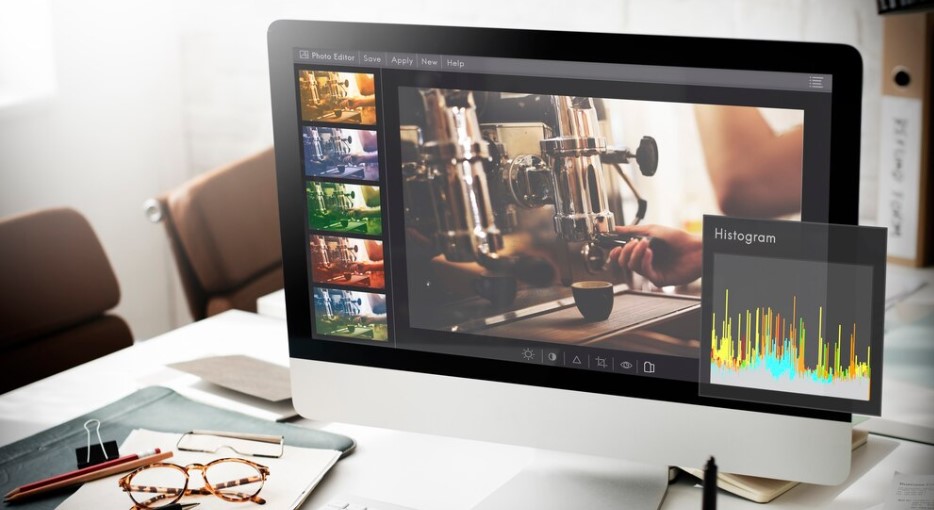Graphic Monitor

Graphic Monitor: Key Features to Consider for Professional Users
A graphic monitor plays a crucial role in the work of professional designers, photographers, videographers, and other creative specialists. The quality of the image, color accuracy, and other technical specifications directly impact the outcome of their projects. Before selecting a graphic monitor, it’s essential to understand some key features.
Color Accuracy
One of the most critical characteristics of a graphic monitor is its color accuracy. Professional users require monitors with high color precision to faithfully reproduce colors. This is achieved through various standards such as sRGB, Adobe RGB, or DCI-P3. It’s important to choose a monitor that covers the color space relevant to your specific needs.
Resolution and Screen Size
Another vital feature is the screen’s resolution and size. High resolution (e.g., 4K or higher) allows for detailed image rendering and working with a large number of pixels. Screen size also matters, especially for those who juggle multiple windows or applications simultaneously.
Technical Capabilities
Beyond color accuracy and resolution, other technical capabilities deserve attention. These include response time (how quickly the screen changes a pixel’s color), brightness, contrast ratio, and additional features like color calibration tools or modes tailored for multimedia content.
Cost and Budget
Cost and budget are equally significant factors. Professional graphic monitors can be quite expensive, but their image quality and technical features often justify the investment. It’s worth exploring different options and comparing them to find the best balance between your needs and financial resources.
Final Thoughts
When choosing a graphic monitor, consider not only its specifications but also your personal requirements and preferences. The right choice will help you achieve top-quality results in your creative work and provide a comfortable environment for handling graphics.









